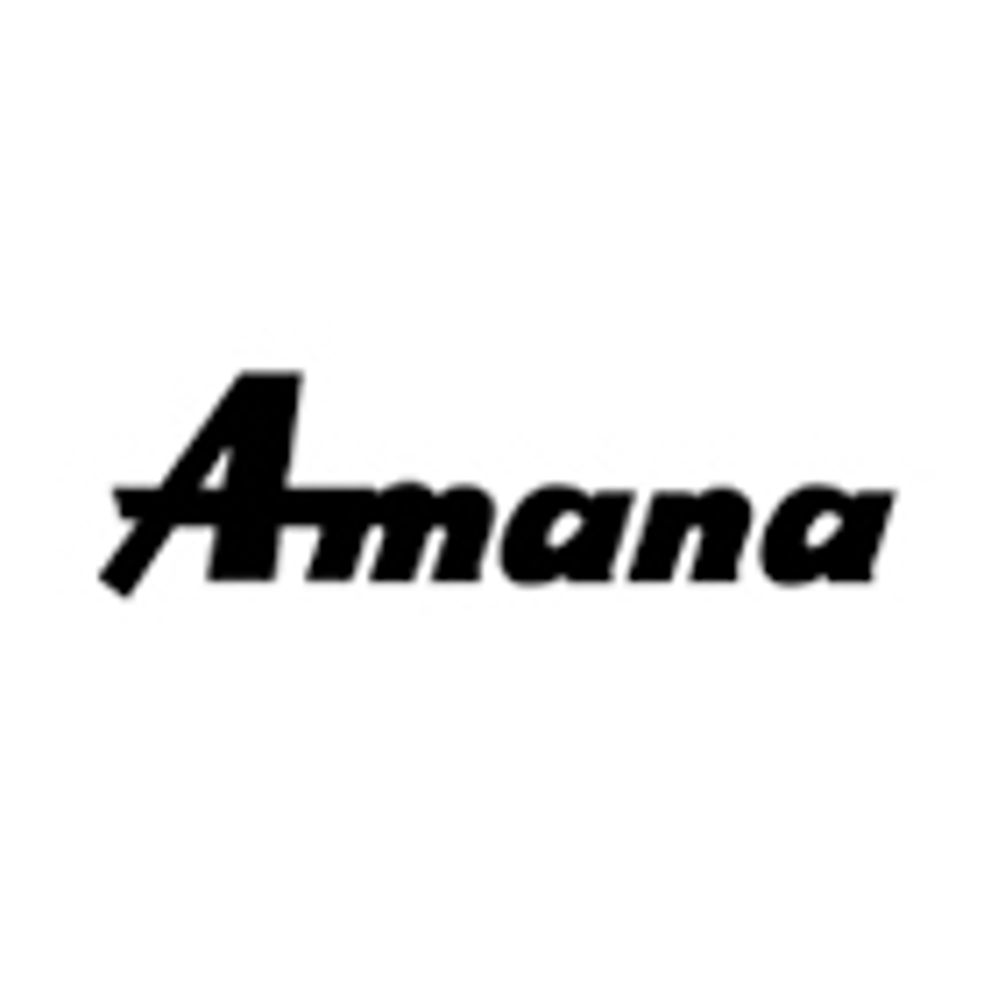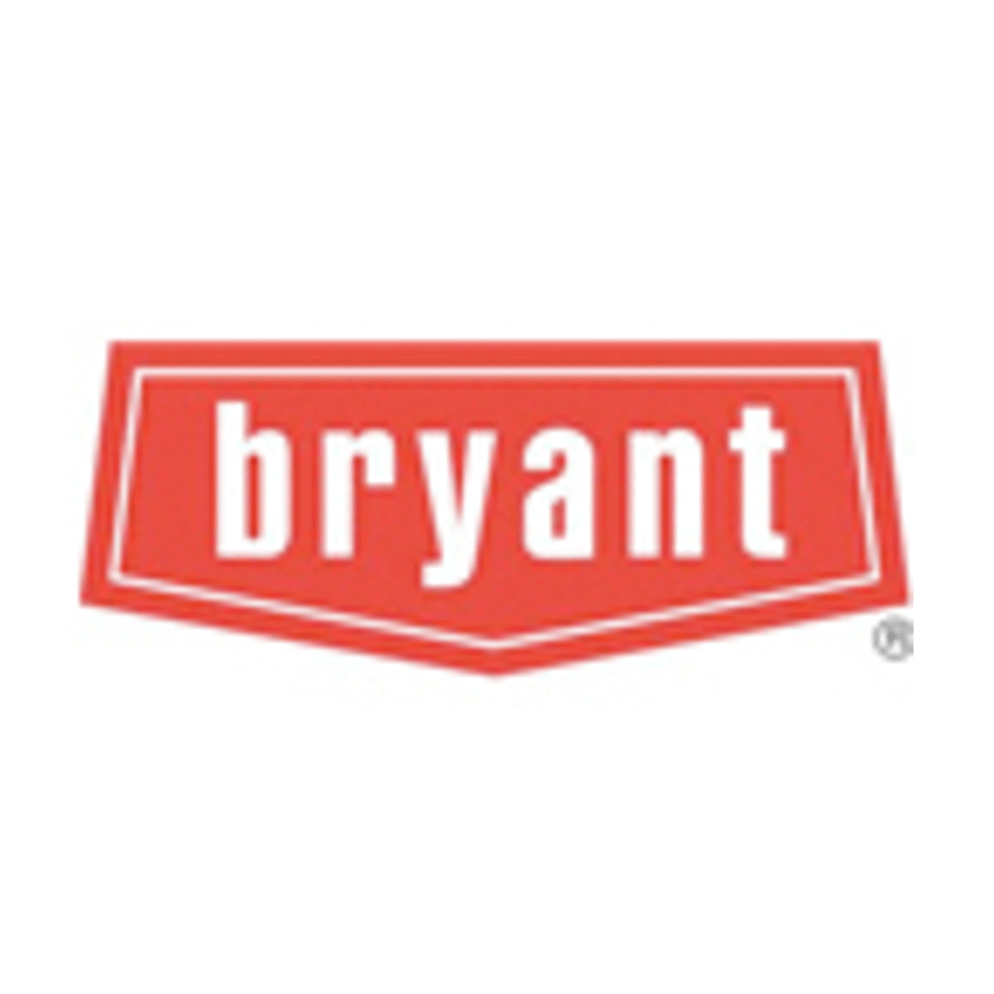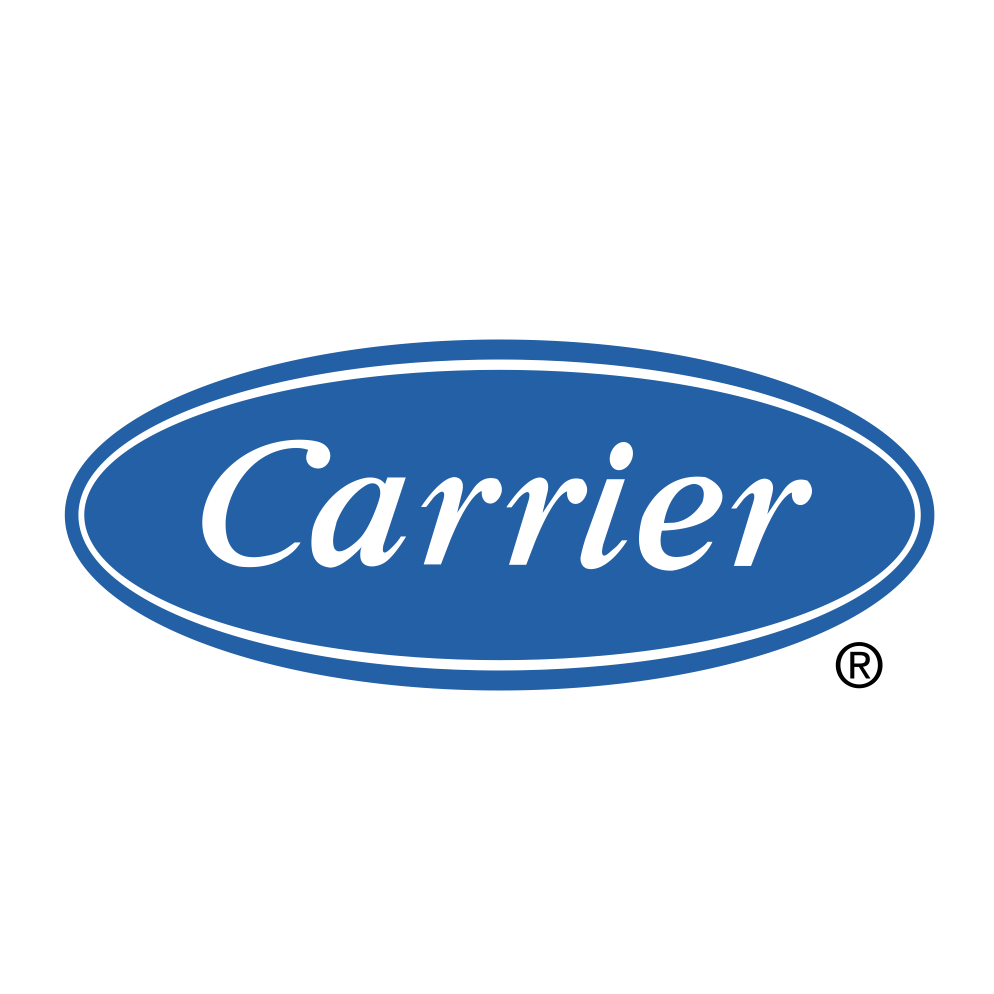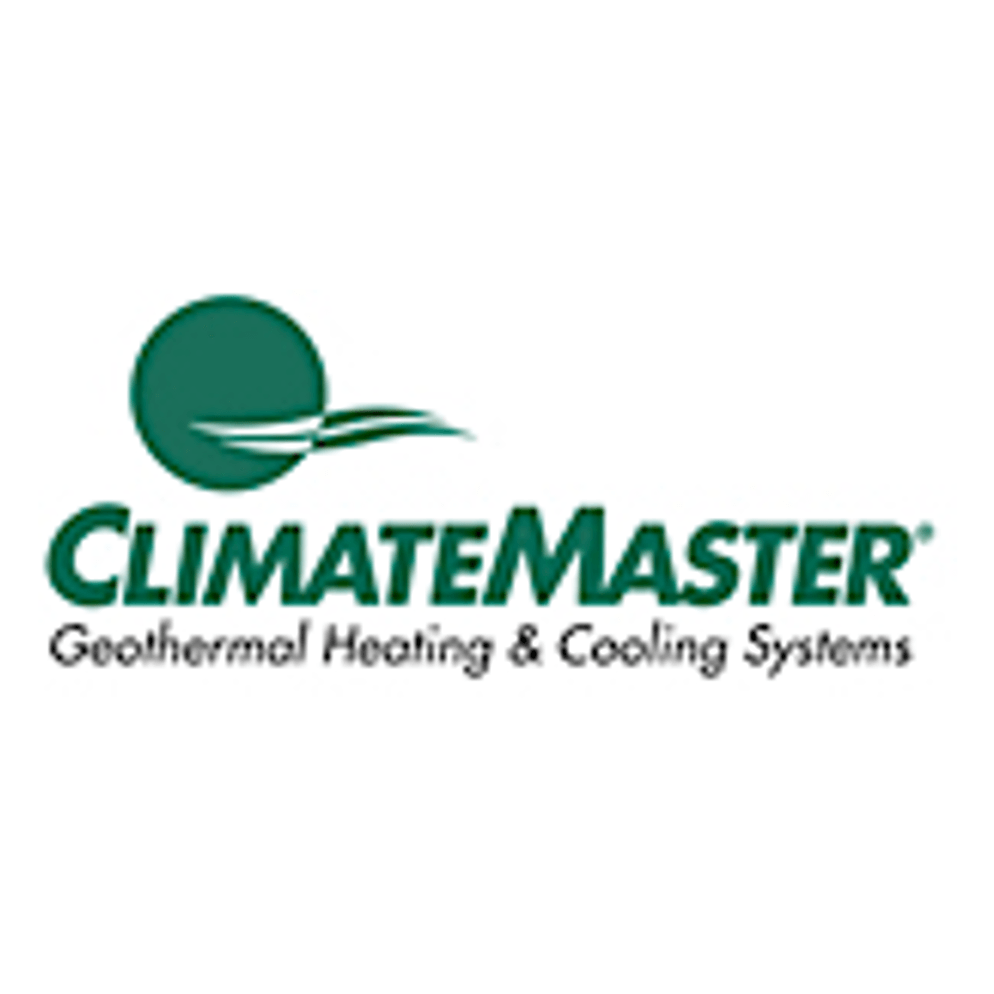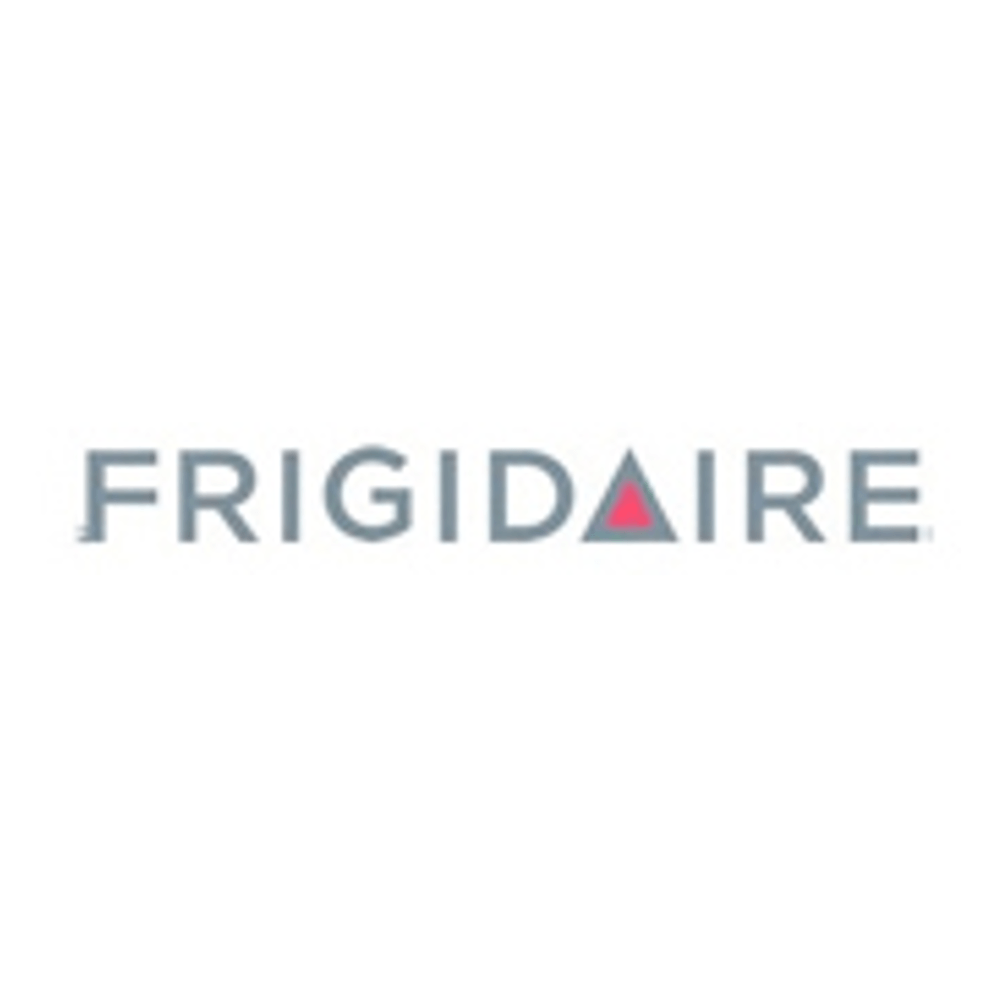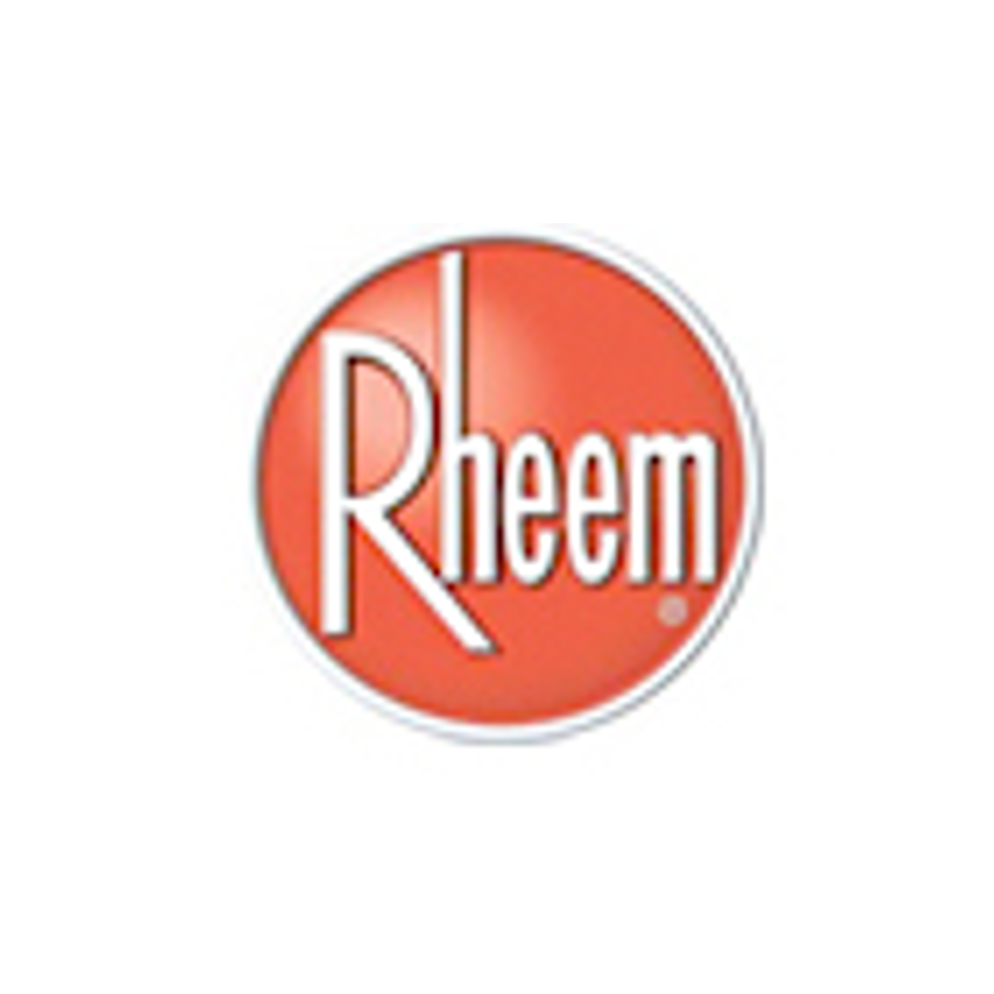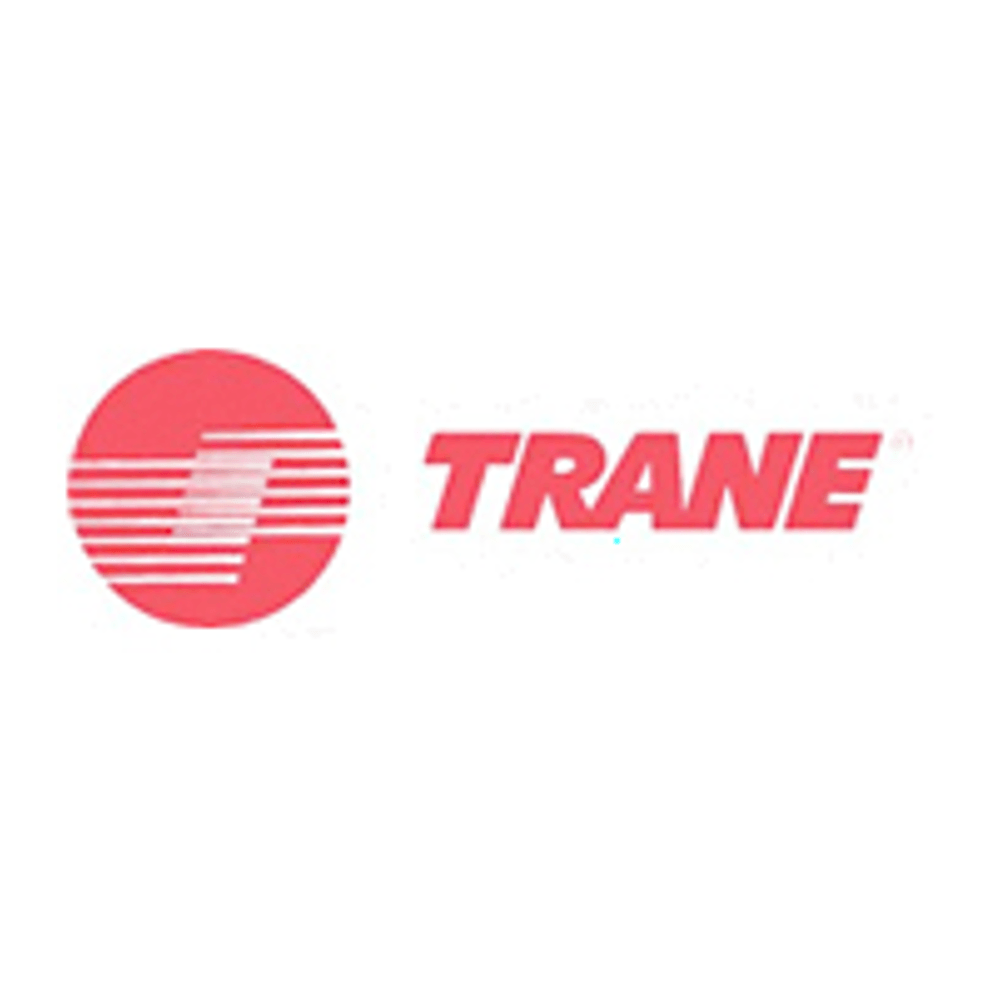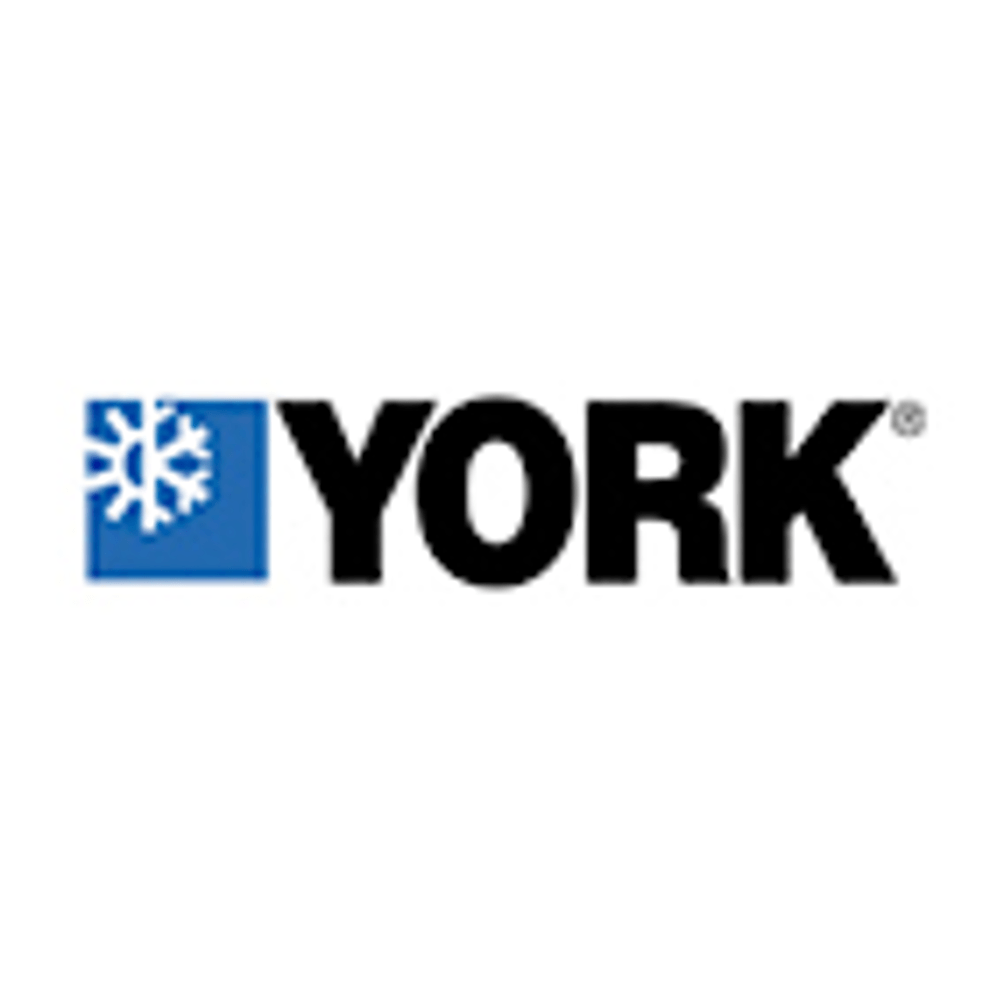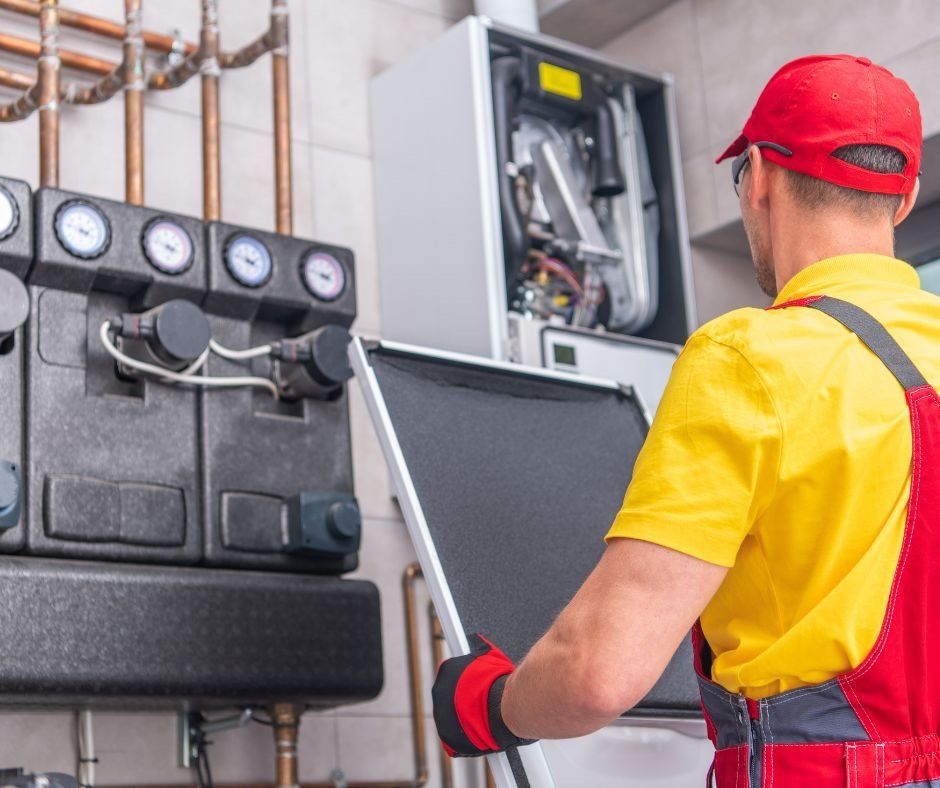PRECISION TUNEUP DETAILS
Don’t wait until you have a problem with your equipment before giving it a Tune-up. Instead, schedule our Precision Tune-Up right now, it can help you save more on your monthly energy costs. In fact, routine furnace and AC maintenance is vital to efficient, worry-free heating and cooling.
Others may claim they know how to do a tune-up, but get the facts first. Some of these so-called “tune-ups” are nothing more than a basic HVAC System Inspection. Here’s the bottom line: nothing compares to our twice yearly full 22-point Heating and 17-point Air Conditioning Precision Tune-Ups. Our tune-ups are so thorough you’ll marvel at our expertise and the improved performance of you system.
Why should you utilize our high-quality maintenance and tune-ups?
Because our services include:
Our Furnace Tune-Up:
- Check thermostat calibration
- Clean and adjust furnace burner assembly
- Clean furnace ignition assembly
- Check combustion air
- Test furnace starting capabilities
- Examine heat exchanger for damage and corrosion
- Monitor flue draft
- Test furnace safety controls
- Inspect gas piping
- Clean and/or replace standard air filters
- Measure for correct air flow
- Tighten electrical connections
- Measure volts and amps
- Lubricate all moving furnace parts
- Clean condensate drains
- Measure temperature difference between supply air and return air
- Adjust gas pressure
- Adjust pilot
- Monitor heating cycle
- In place, clean and adjustment of blower components
- Examine furnace installation quality
- Examine equipment condition area, and clearances
Air Conditioner Tune-Up:
- Check thermostat calibration
- Monitor refrigerant pressure
- Test AC starting capabilities
- Test air conditioner safety controls
- Clean and/or replace standard air filters
- In place, clean and adjustment of blower components
- Measure for correct air flow
- Tighten electrical connections
- Measure volts and amps
- Lubricate all moving parts
- Clean condensate drain
- Measure temperature difference between supply air and return air
- Monitor cooling cycle
- Inspect evaporator coil
- Examine installation quality
- Examine equipment condition area, and clearances
- Clean condenser coil
Questions?

